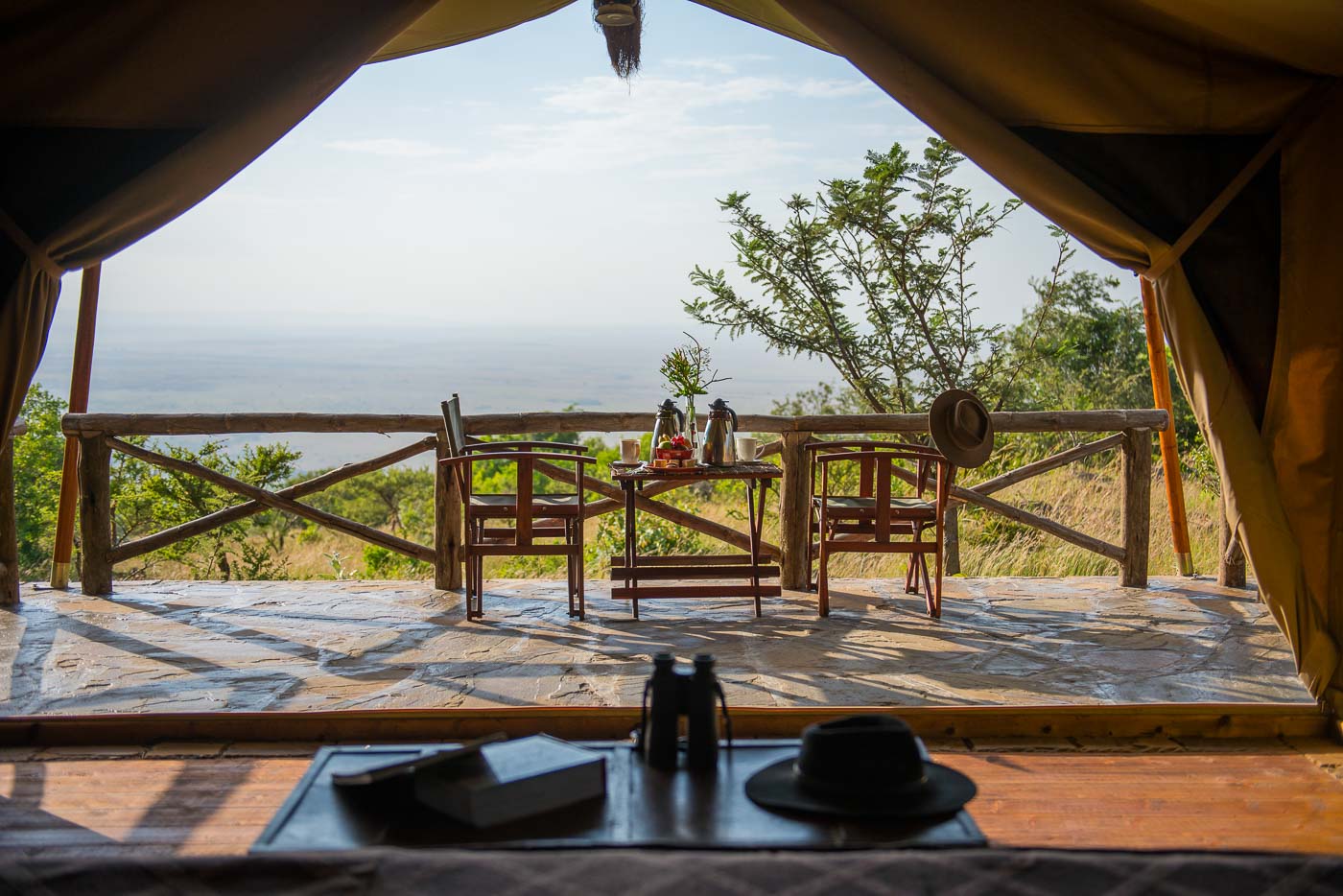I don’t know whether it’s the architecture, the burst of vibrant colors, the Caribbean climate or the warmth of its people, singing and dancing every chance they get, but Cuba, the alligator shaped island just 90 miles South of Florida, is the most captivating place I’ve ever been. And I don’t say this because everyone else does. It just is.

My love affair started in 2014, when as an American citizen, I joined a people-to-people tour journeying from Havana all the way to Guantanamo, the easternmost province. Despite initial doubts, the structured tour afforded me the opportunity to meet some incredible artists and communities I wouldn’t have otherwise met as a tourist: music students, ballet dancers, cuentapropistas (Cuba’s self-employed entrepreneurs) and more; the common thread, unrelenting passion. It was an intense 13 days that opened my eyes to the magic of Cuba and the intricacies of its history, starting with the allure of Havana and on to the artists of Camagüey, the Afro-Cuban vibe of Santiago de Cuba, and lush remoteness of Baracoa.

This summer, as Cuba further nurtured diplomatic relations with the United States, I excitedly returned to the island. This time, I traveled west to Pinar del Rio, and then on to Cienfuegos, Trinidad and Bay of Pigs. The biggest difference, aside from the changes occurring on the Caribbean nation, was entering with my Romanian passport. I wanted a different perspective, which proved just as valuable. While I missed some of the first-hand interaction with Cuban communities on my previous visit, this time around I was free to go wherever I wanted, whichever beach or museum. I stayed in casas particulares (privately-owned houses open for tourists) instead of hotels. I went local, still, in a different way. I loved the mogotes (limestone formations) and guajiros (farmers) of Viñales and swimming in the Bay of Pigs. Looking back, this trip was just as rich as my first.

But most importantly, I realized that regardless of my passport or the two eventful years that passed, Cuba remained in essence the same: vibrant, welcoming and wholehearted. Yes, there’s some real change to be seen: better, cheaper Wi-Fi in hotspots around the country, landmarks refurbished, new hotel sites and ever-booming tourism. Frenzied energy is palpable on the streets of Havana, and so are higher prices. But Cuba, at its core, with all its controversies and irresistible pull, won’t be changing any time soon. Go now, go whenever. Cuba is, and will remain, unrelenting passion.
Monica Suma is a Romanian-American freelance travel writer and blogger, always on the hunt for art, good food and all things Cuba. Through storytelling and an insatiable pursuit for whimsy, she contributes to a variety of publications such as Lonely Planet, BBC Travel, Business Traveller and more. Follow her adventures live on Instagram and Twitter.















